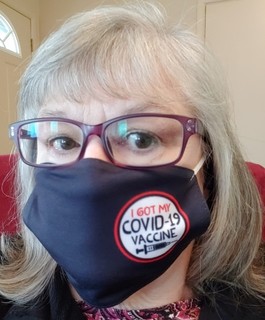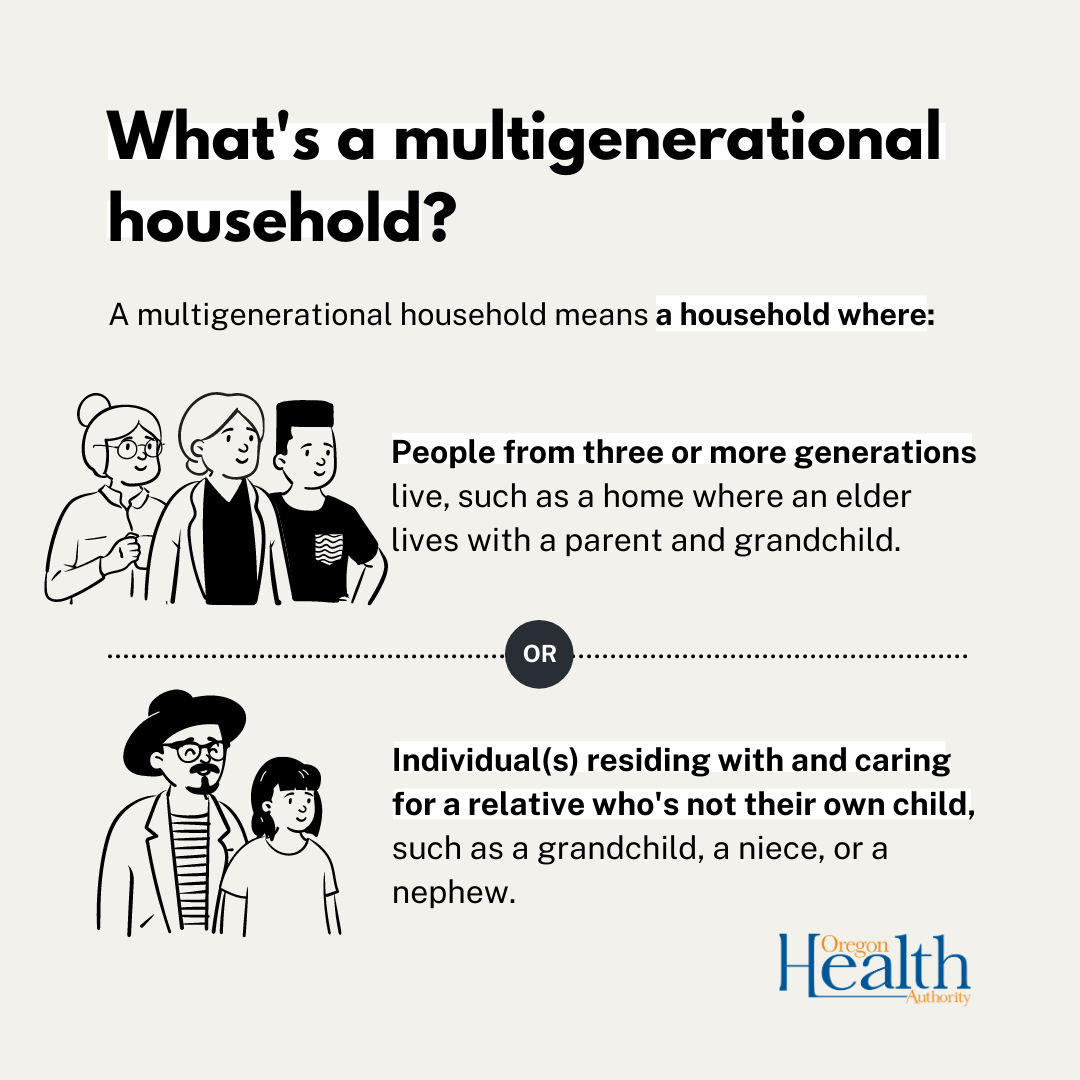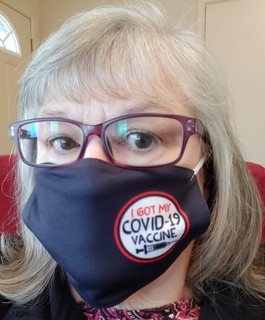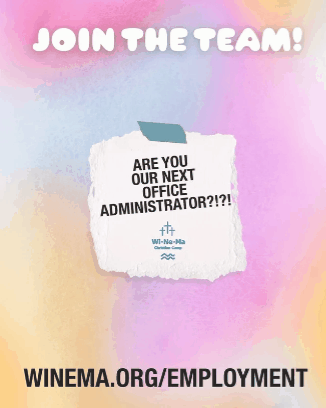As of March 26, all of Oregon’s COVID-19 vaccine-enrolled Federally Qualified Health Centers (FQHCs) can vaccinate anyone – regardless of whether they are outside the state’s currently eligible groups – to ensure the COVID-19 vaccine is distributed equitably to all people in Oregon.
Oregon’s FQHCs reach people who might not otherwise have access to health care.
In early March, Oregon started a pilot program to allow some FQHCs to offer COVID-19 vaccinations to anyone they serve — even if that person does not fall into currently eligible category — to immunize people most affected by the virus, such as agricultural workers. The program has improved access to vaccination so much that Governor Kate Brown and OHA decided every FQHC should have this flexibility.
FQHCs will reach out to their patients and communities to schedule the vaccinations.
Vaccine Voices: Mary Richardson
Mary Richardson, a retiree from Portland, is a cancer survivor who lives in a multigenerational household and recently received the Johnson & Johnson vaccine. She shares her vaccination story:
 I am a four-time cancer survivor. I had surgery in October and started chemotherapy in January. Knowing I am immunocompromised during a pandemic is beyond scary. My oncologist assured me the vaccine was safe and we stopped chemo a couple days before and after the injection. I am back on my chemo rotations and feel great. I actually went to a grocery store for the first time in 13 months. Masked and still distancing of course. Receiving the J&J vaccine means I don’t have to postpone chemo for a second shot, a real benefit for me. I am a four-time cancer survivor. I had surgery in October and started chemotherapy in January. Knowing I am immunocompromised during a pandemic is beyond scary. My oncologist assured me the vaccine was safe and we stopped chemo a couple days before and after the injection. I am back on my chemo rotations and feel great. I actually went to a grocery store for the first time in 13 months. Masked and still distancing of course. Receiving the J&J vaccine means I don’t have to postpone chemo for a second shot, a real benefit for me.
I am 65 years old, and my husband is 69. Our daughter and granddaughter currently live with us. Being part of a multigenerational household and on chemo made it all the more important to be vaccinated as soon as possible. We have been pretty seriously quarantined for the last year. I believe it will be a long time until we experience life as we think of normal, but I am looking forward to living the new normal. To find an appointment, I signed up on the OHA website. It took about two weeks to schedule and then actually go to my appointment. I received my vaccine at the Portland Airport, and I was pleasantly surprised at how organized and well-staffed it was. I was in and out in 40 minutes, including my 15-minute wait period. The staff were respectful and able to answer any questions I had. I had a little bit of a reaction: some fatigue, a low-grade fever of 99.6 for about 12 hours. I took a single Tylenol and was fine from then on. My arm was a bit sore at the injection site for about four days but nothing worse than a flu shot. All in all, side effects were minimal and so worth the peace of mind it gives me knowing I am doing everything I can to protect myself, loved ones and community. You can share your stories at the survey link in English or Spanish or use the hashtags #MyVaccineReason or #MiVozMiVacuna to share on your own social media channels. As we learn more about when and where vaccinations are available, information will continue to be posted at covidvaccine.oregon.gov and vacunacovid.oregon.gov. |
Q&A: Multigenerational households and vaccination
People living in multigenerational households will be able to get vaccinated starting no later than April 5. Many of you have questions about who exactly qualifies in this category.
What counts as a multigenerational household?
- This is a home where people from three or more generations are living. For example, if you are living in a household that includes your parents or in-laws and your own children.
- Sometimes households made up of people from two generations count as multigenerational. These are households where people live with and care for a relative who is not their own child, such as a grandchild, a niece or a nephew.
Which members of a multigenerational households can get vaccinated?
Anyone 16 and older who lives in a multigenerational household is eligible to be vaccinated.
See all eligibility groups on this infographic.

How to support your child with the transition back to the classroom
For some children, learning from home the past year has been a welcome break from school days that were difficult to navigate. For others, closing schools was a loss of a daily routine and an environment that they thrived in.
Change can be hard, even for those who are excited about it. Children’s feelings about the transition back to in-person school may be complicated and their reactions may change as time goes on. Parents and caregivers will also likely have new feelings about it, which may not be the same as their kids’ reactions. Here are some ways to help your child with the transition:
- Remember the fundamentals. A regular pattern of a good night’s sleep and eating nutritious meals and snacks goes a long way to fuel flexibility, engagement and problem-solving during the day.
- Re-establish a morning and afternoon routine. Involve your child in deciding the details of the routine. Having opportunities for choice and agency makes handling uncertainty easier.
- If your child is in hybrid learning, a visual aid like a calendar can help them to understand what to expect.
- Ask your child what they are feeling or what you can do to support them. Knowing you recognize that this is an exciting and challenging time and that you are open to listening is reassuring, regardless of whether they have something to share in that moment.
- Encourage them to think of what will be good about returning to school.
- Your child may be worried about bringing COVID home. Reminding them of what you all are doing to reduce the chances of infection can help them feel calmer.
- See more tips in a longer version of this article on OHA’s blog.
If you think your child or family may need more support, contact your child’s primary care clinician or check out the Safe + Strong mental and emotional health resources page.



